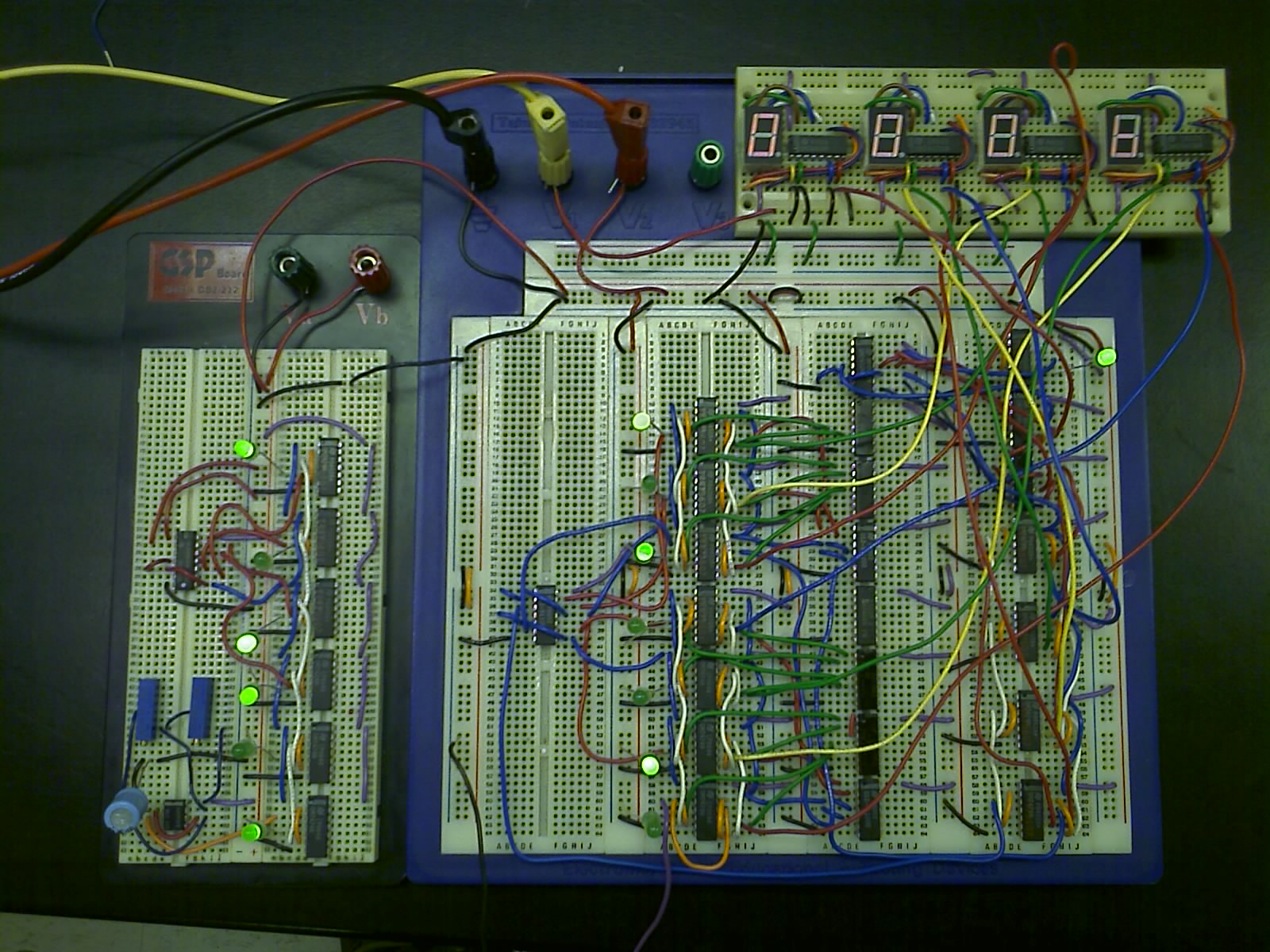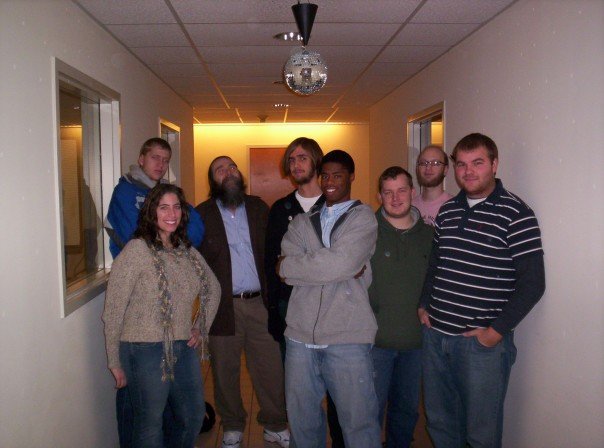Personal Projects
Haskell RSA Implementation |
|
| Description: | |
|
For the final project of UNM's cs485 course that I took in the Spring 2009
semester, I implemented the RSA encryption algorithm in Haskell. I decided to
use Haskell both because I it's conciseness and its infinite-precision Integer
type. Below is both the documentation and the source code for the program. I
enjoyed leanring about the RSA algorithm and the number theory behind it. I
also enjoyed working with Haskell, and it is quickly becoming one of my favorite
programming languages... now if I could just figure out Monads (ugh!). They seem
quite useful.
Documentation: here Source: Zip Tar |
|
CREWGAL-OAR |
|
| Description: | |
|
When I was at Susquehanna I took a class during the Spring 2008 semester called
Database Programming. The final project in the class was to create a database
management system for a regatta using PHP with a MySQL backend for the database.
My partner (Anurodh Joshi) and I created the website that can be found
here. You can
log into the site with the following username and password, selecting to log in
as a participant.
username: mr_trialson@trial.com password: normalpass |
|
ALARM CLOCK |
|
| Description: | |
| After taking the course at Susquehanna entitled "Digital Electronics and Microcomputers" I became very interested in the possibilities of things that can be achieved with the use of digital electronics chips. This lead to my taking on a majority of the work for that particular class's group final project. This participation did not quench my thirst. Thus I further pursued a separate project of my own for my own personal enjoyment. With a donation of digital electronics parts from the Physics department at susquehanna, I am presently building an alarm clock. Features of the alarm clock include, snooze button, alarm on/off switch, ability to set both the clock and the alarm. The alarm clock will be powered by 120V wall power. Hopefully this project will be completed by the end of the Spring 2007 semester. | |
| Pictures: | |

click on the above image to enlarge |
|
SUDOKU SOLVING C++ PROGRAM |
|
| Description: | |
| This program utilizes a matrix of strings of the possible numbers that a particular cell can have as the actual number that belongs to that cell. The cells of the initial matrix contain a string of length 1 or a string of length 9. The strings of length one are the numbers that the user has inputed for the initial matrix. The cells of strings of length nine contain the string "123456789" which are the nine possibilities that the cell can have as a number. The program begins to eliminate the possibilites due to the rules of the game, eventually getting down to strings, of length one, per cell. Once each cell has a string of length one, the puzzle is solved. I am presently learning Java, and when school comes to an end for the semester I plan on making a GUI for this program using Java. Maybe I'll move on to word Jumbles, or any other puzzles common in most newspapers. | |
